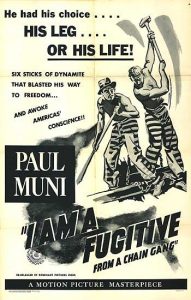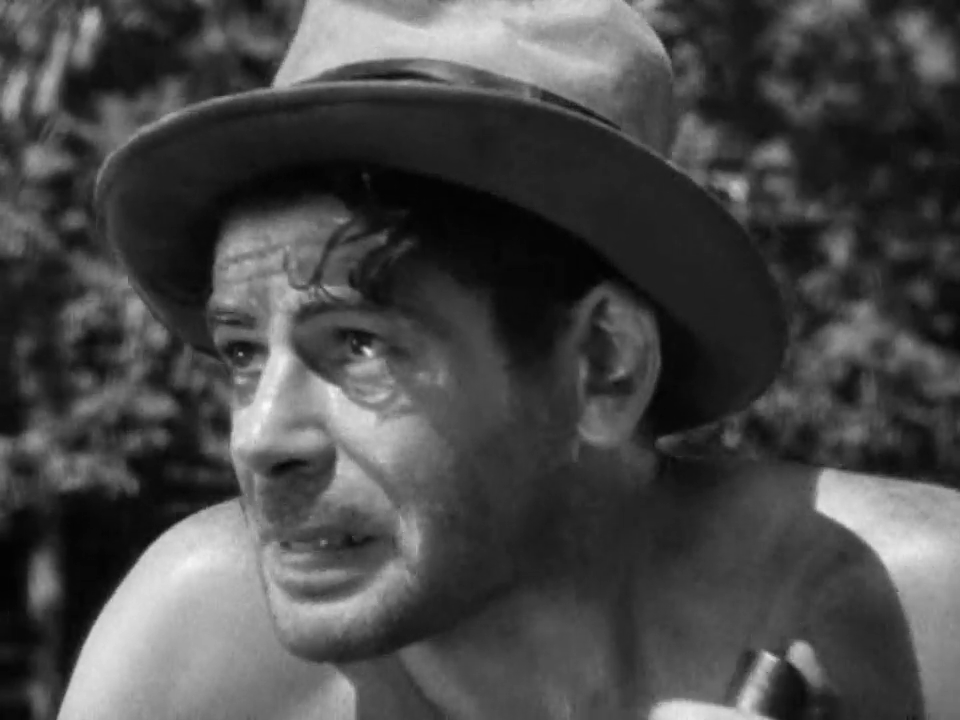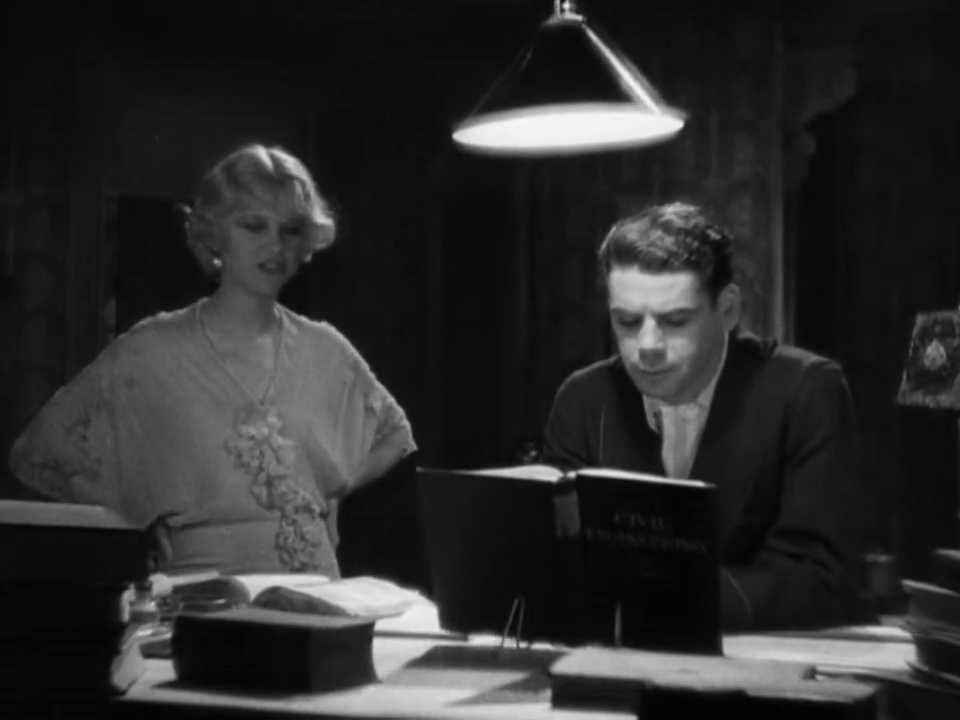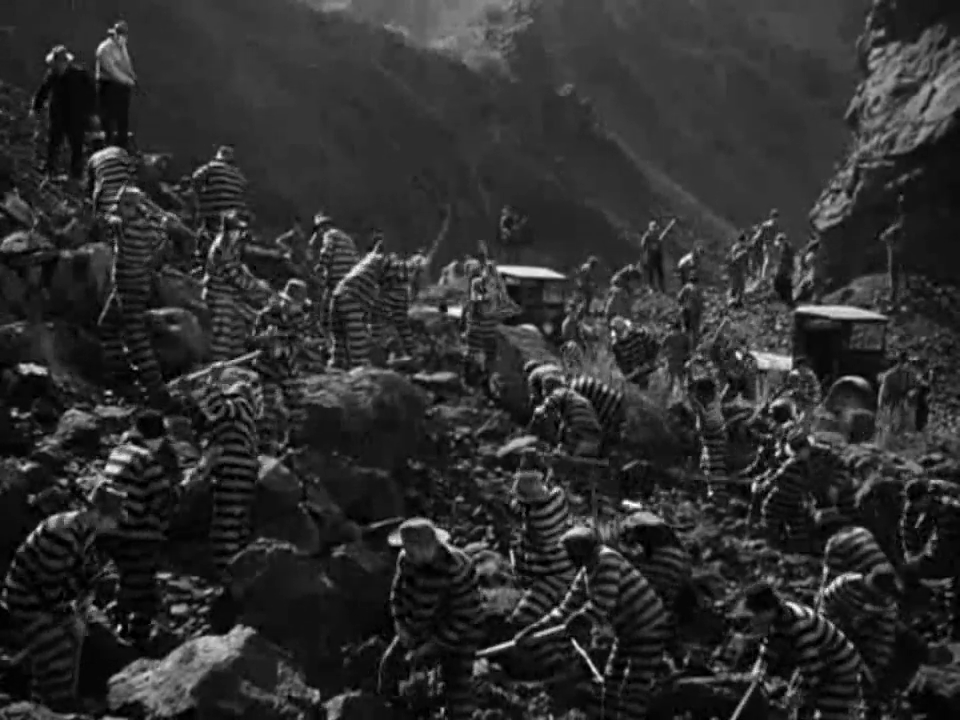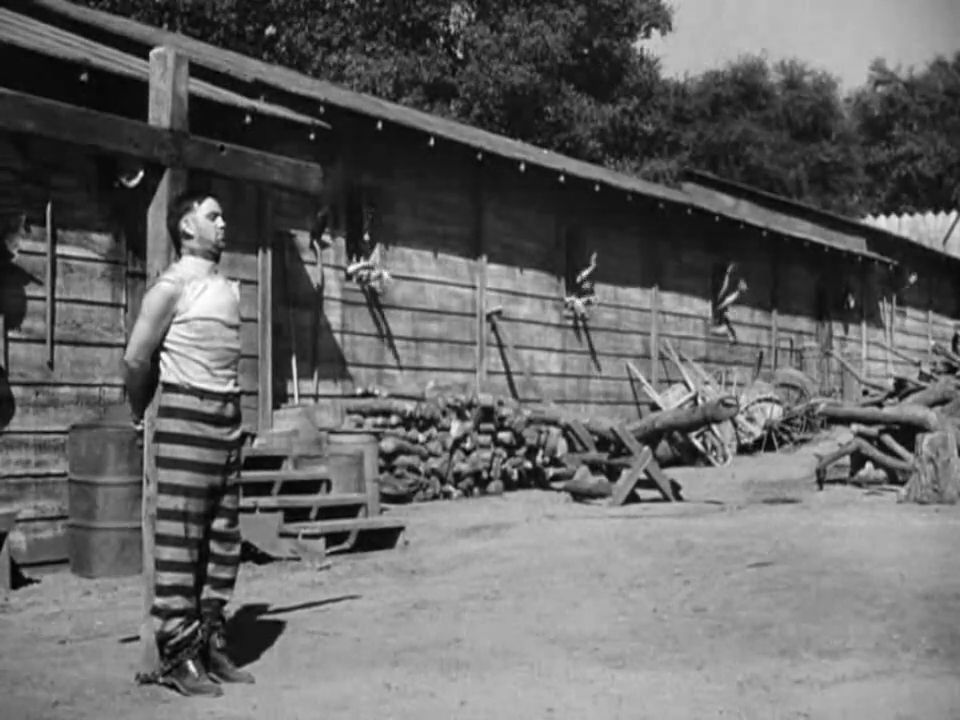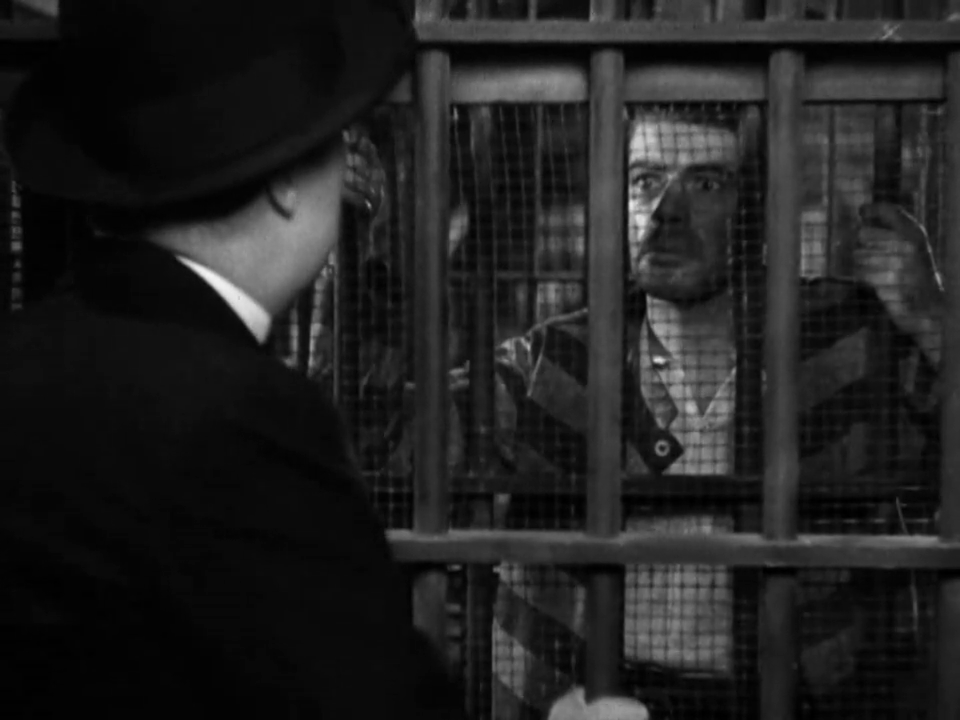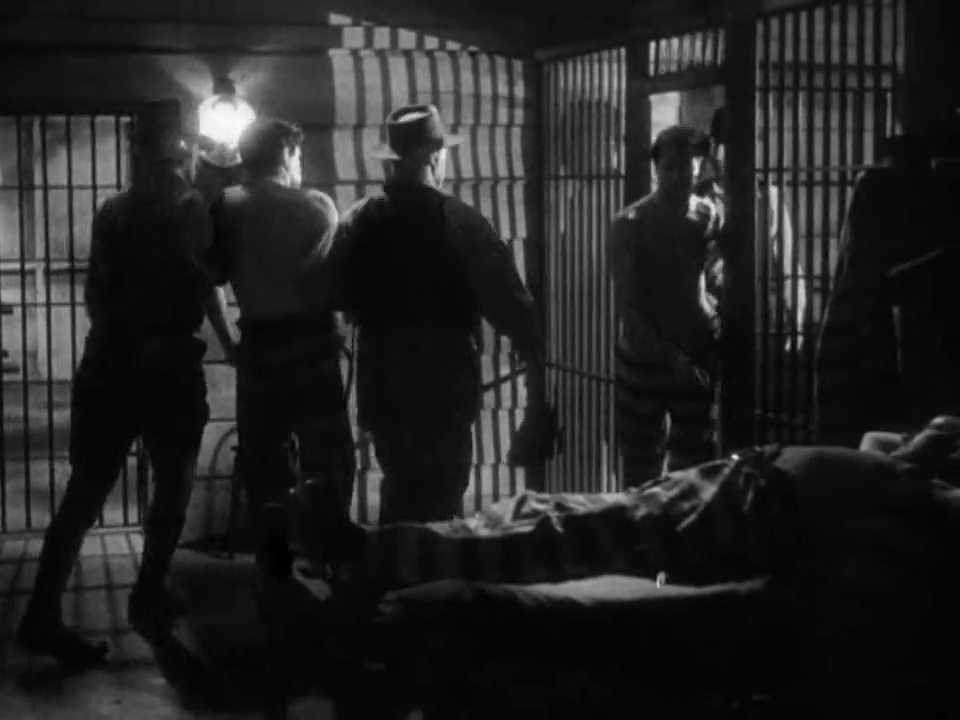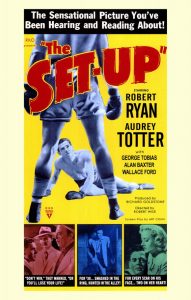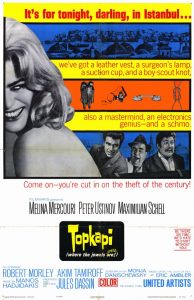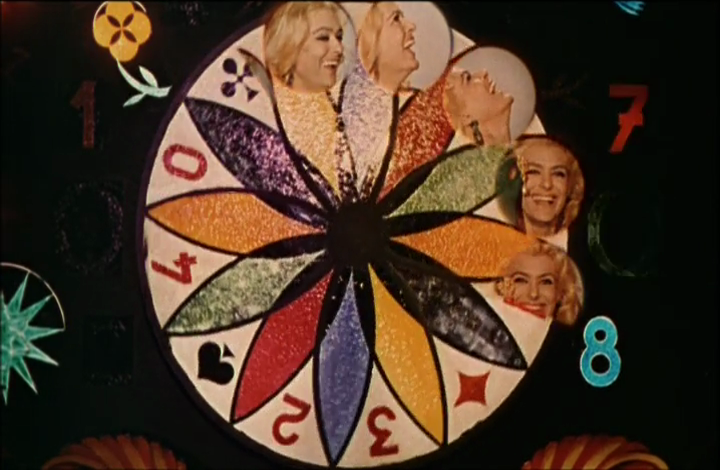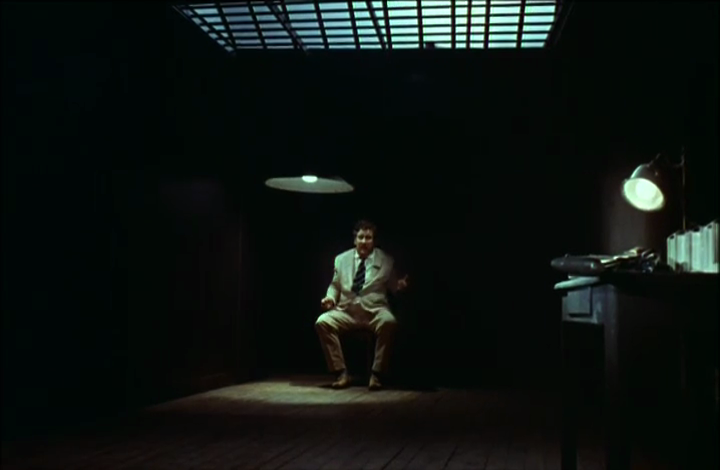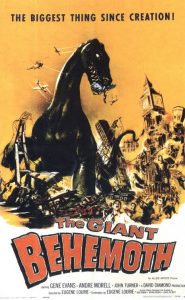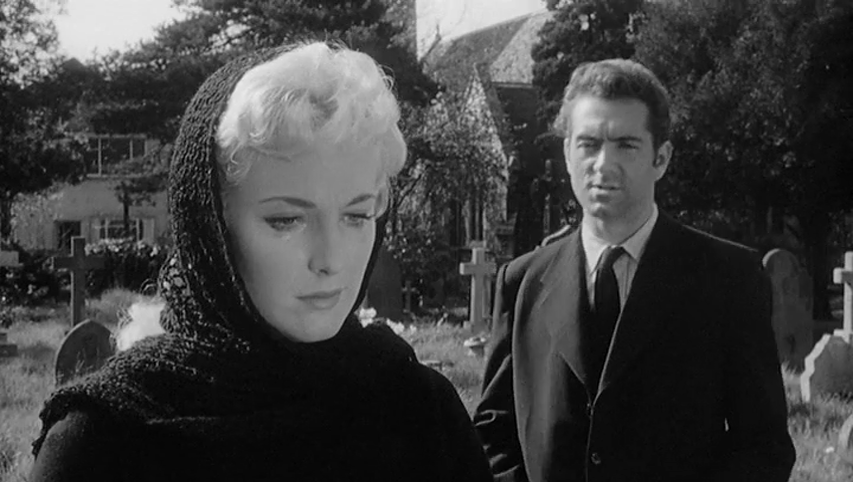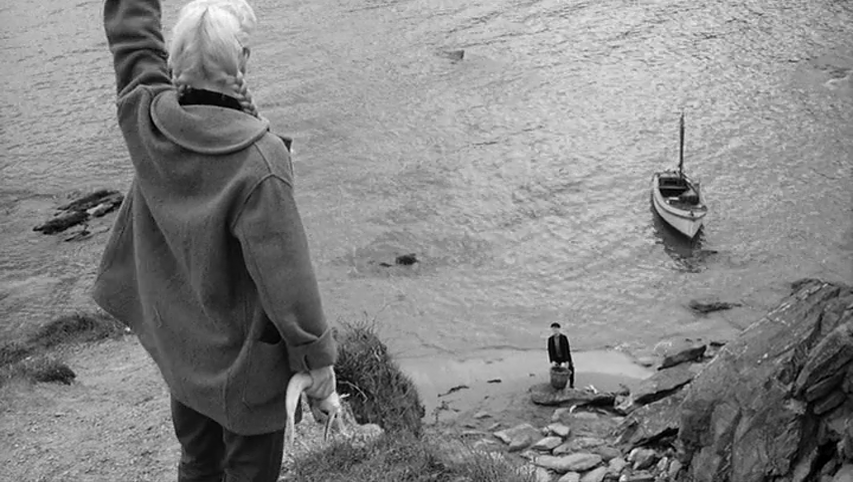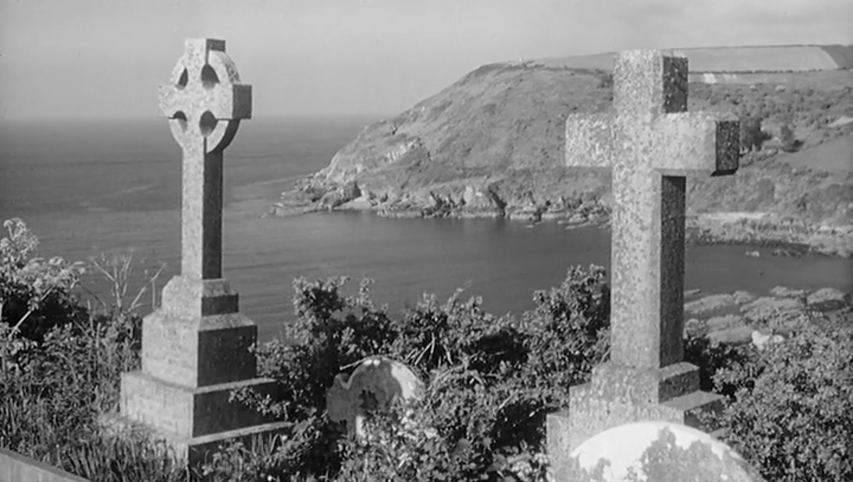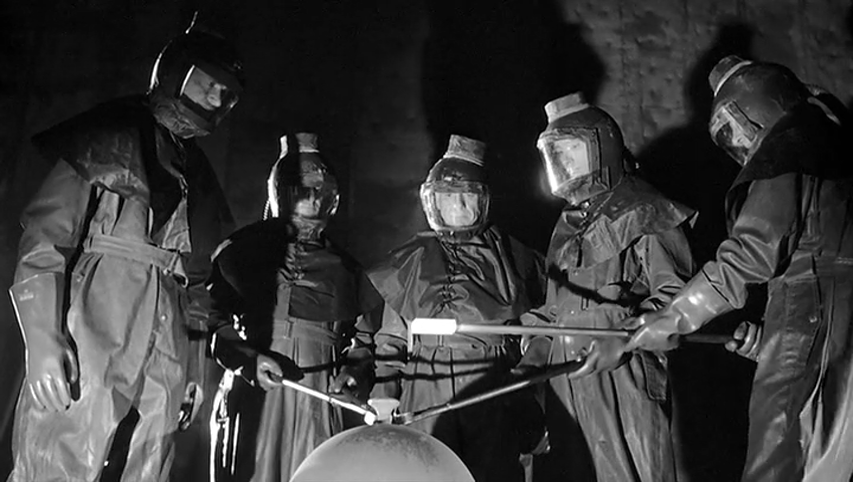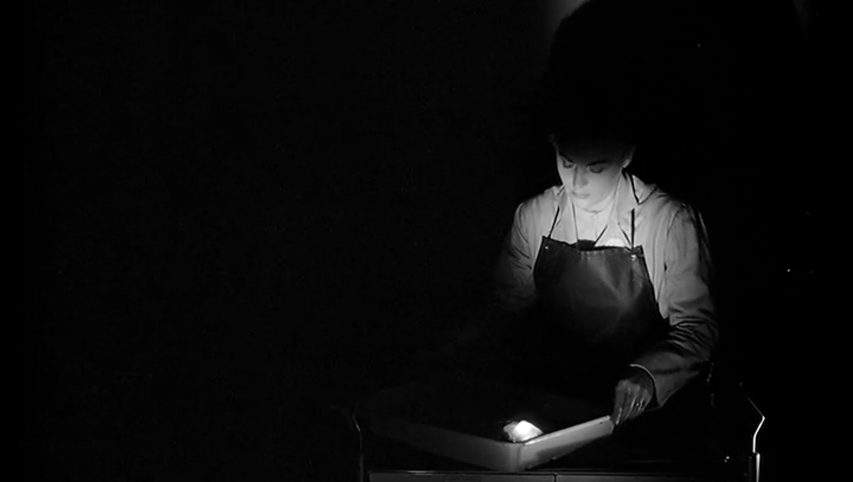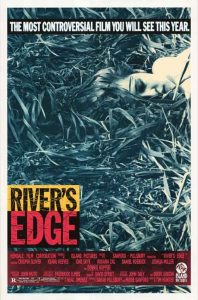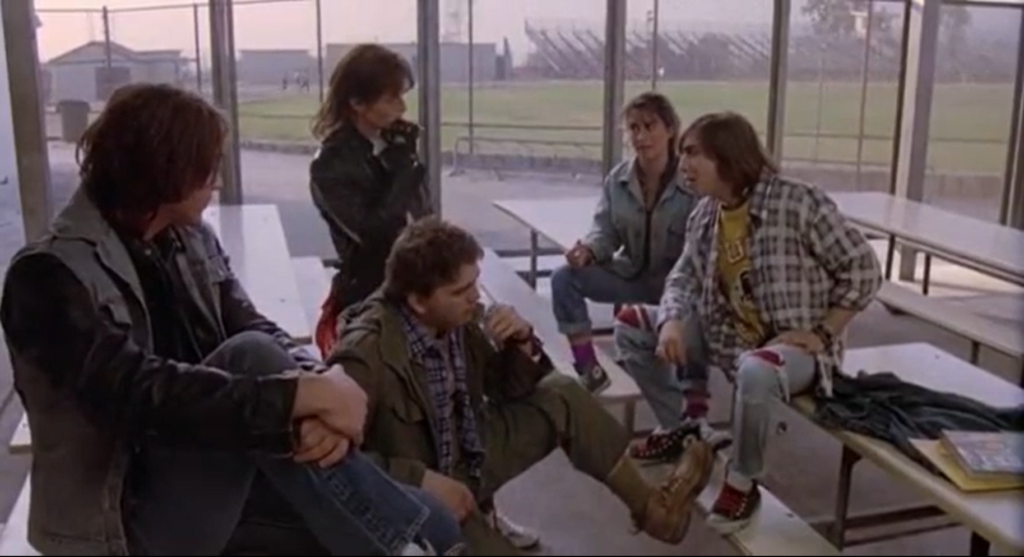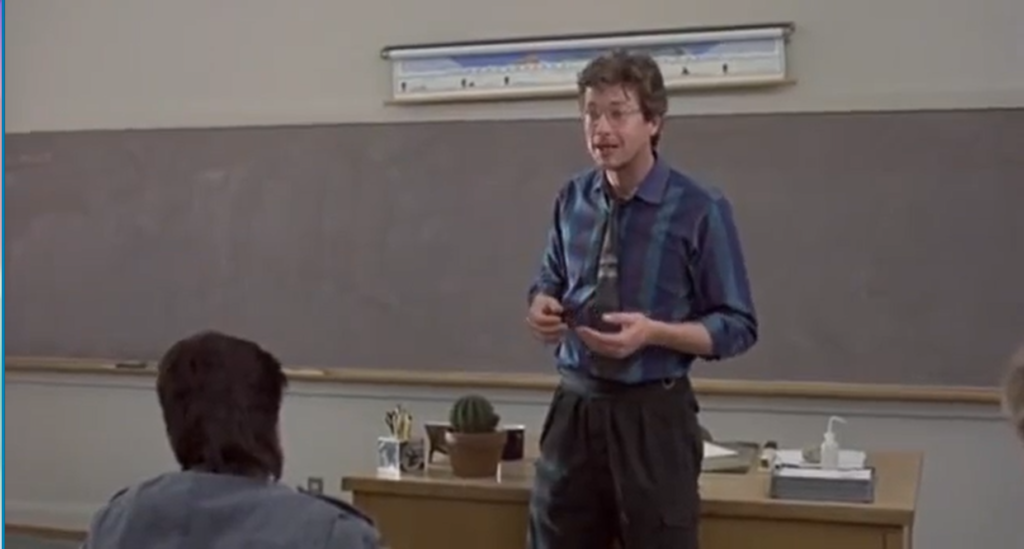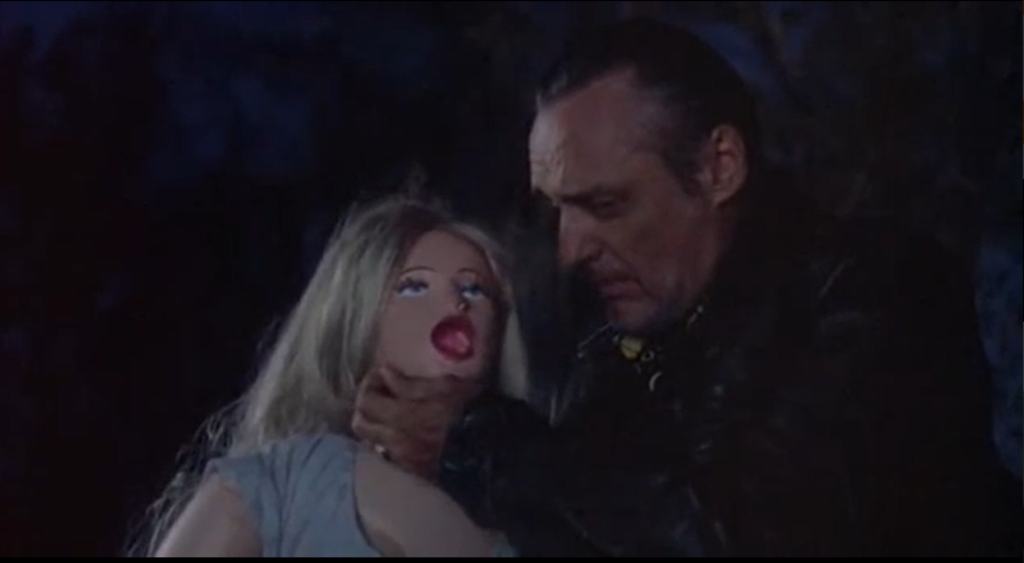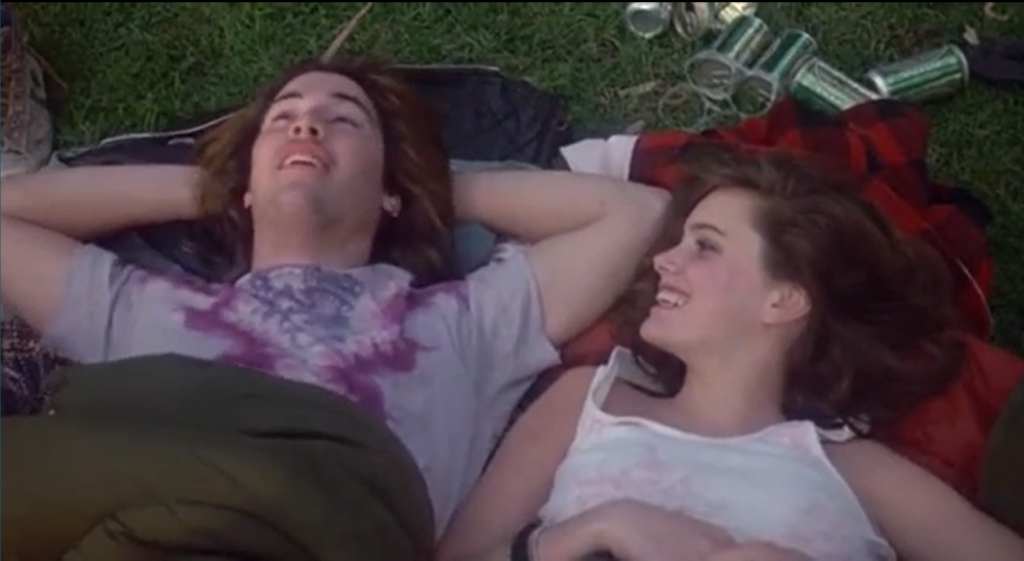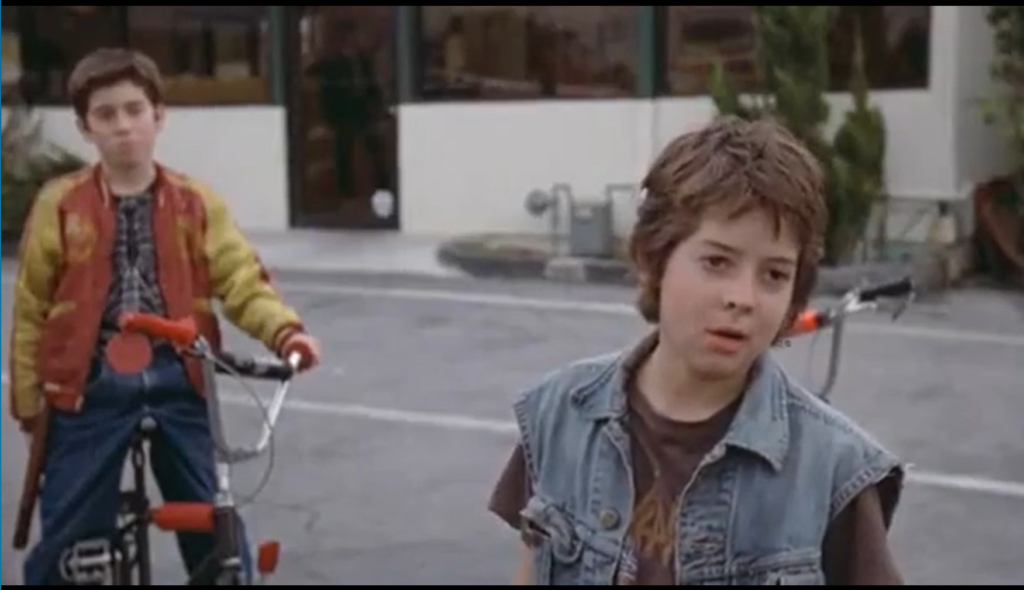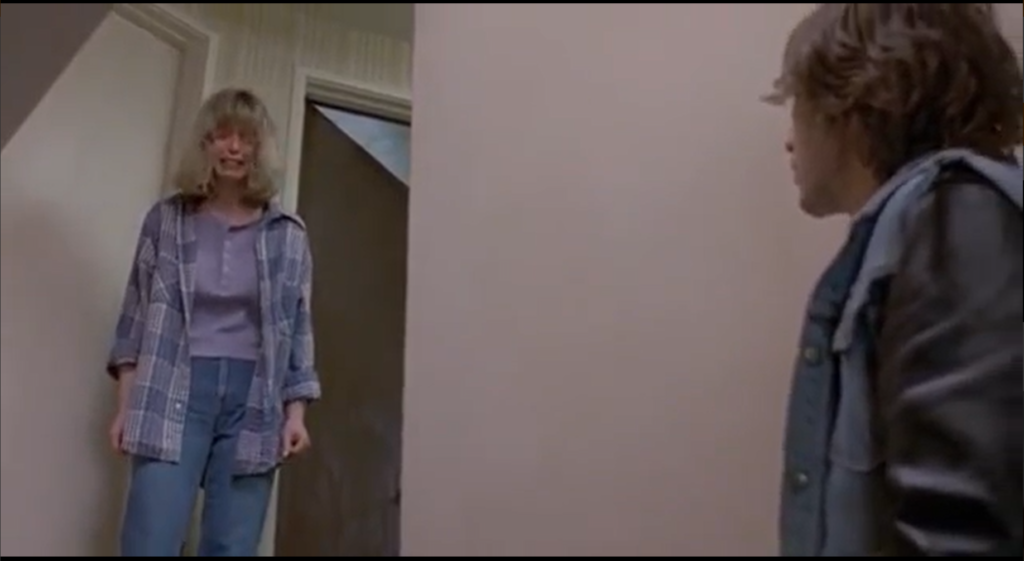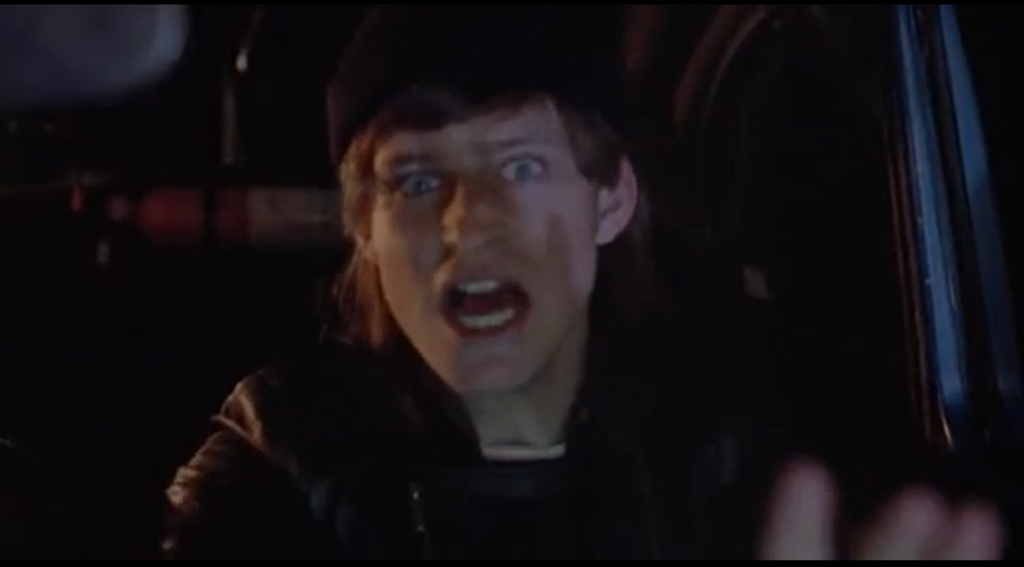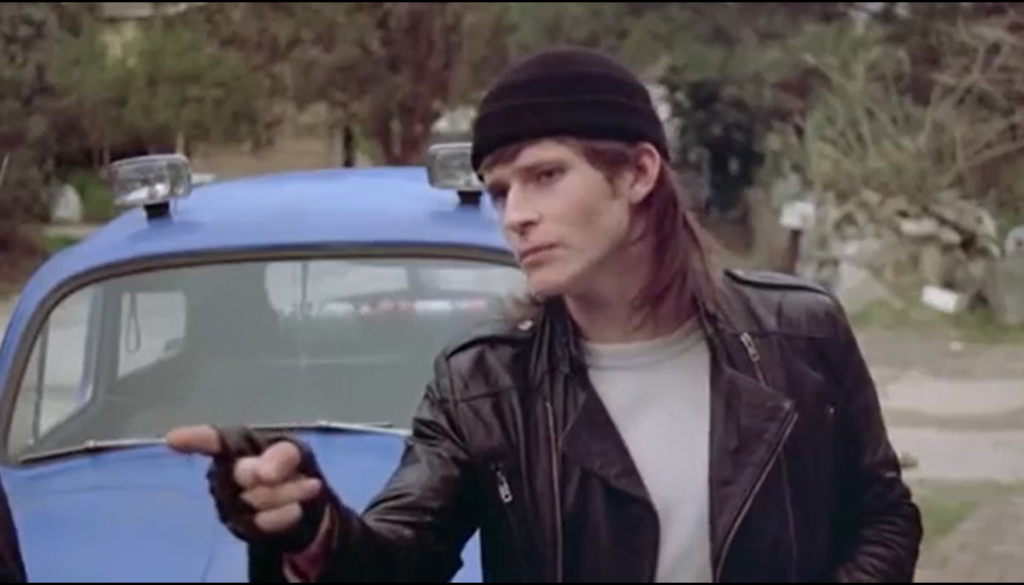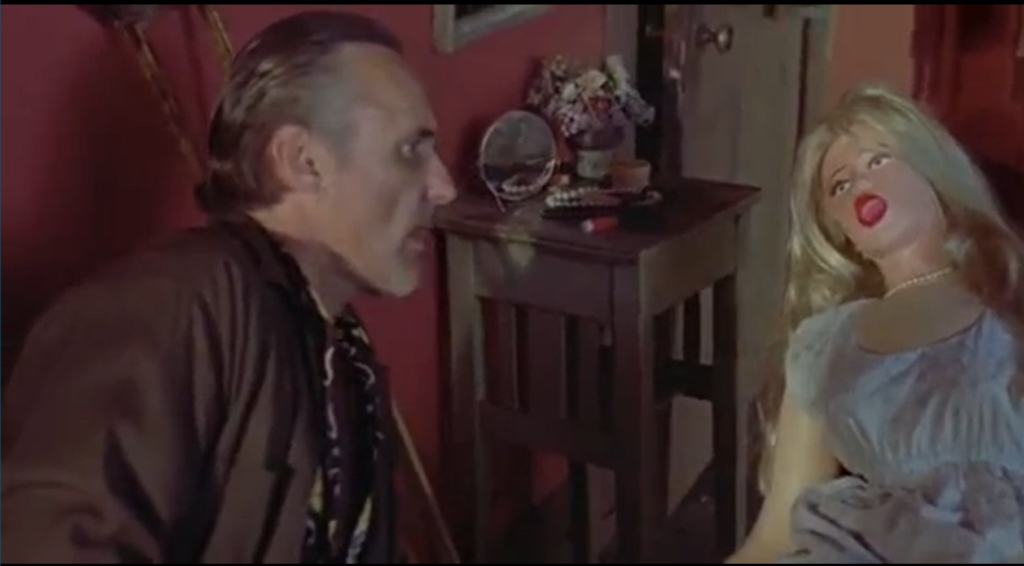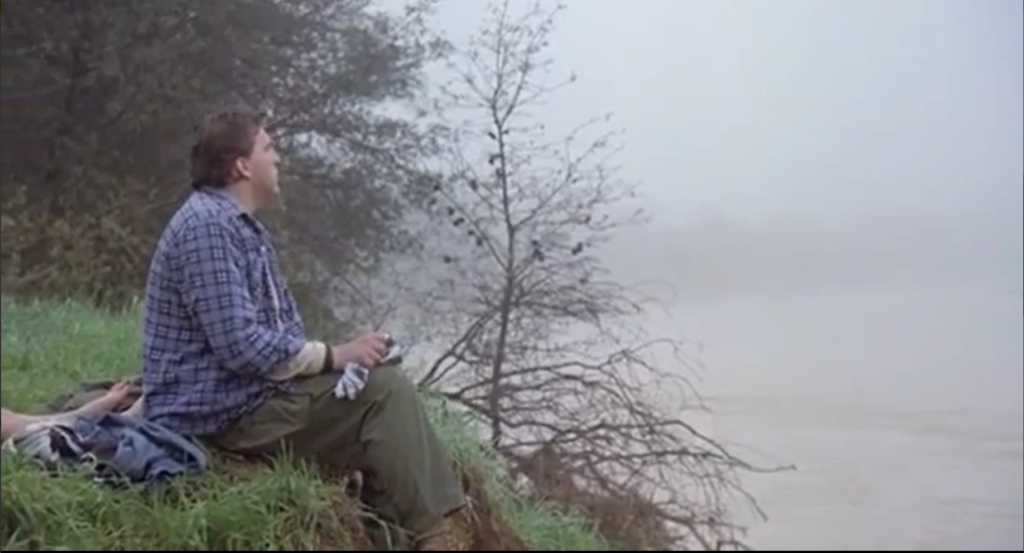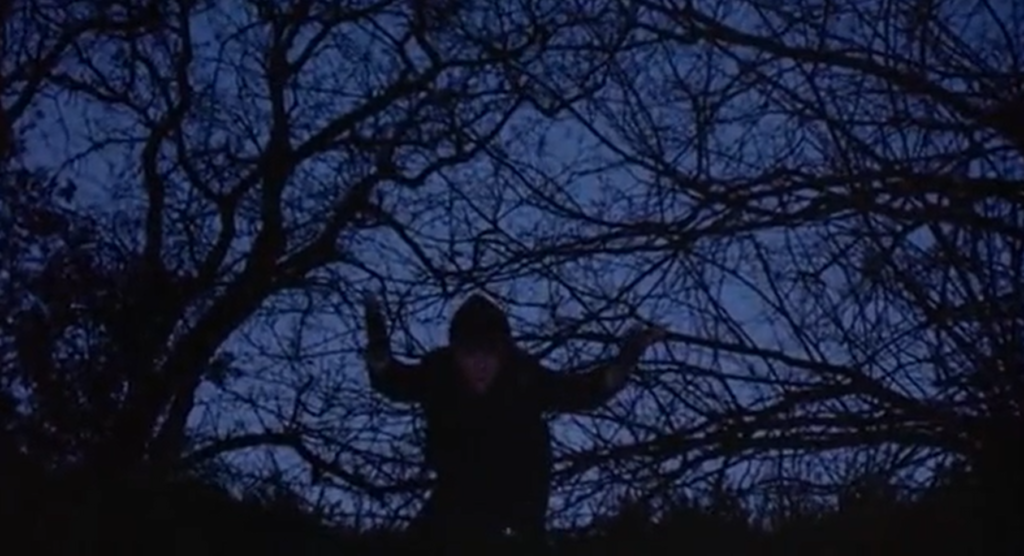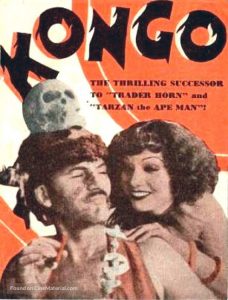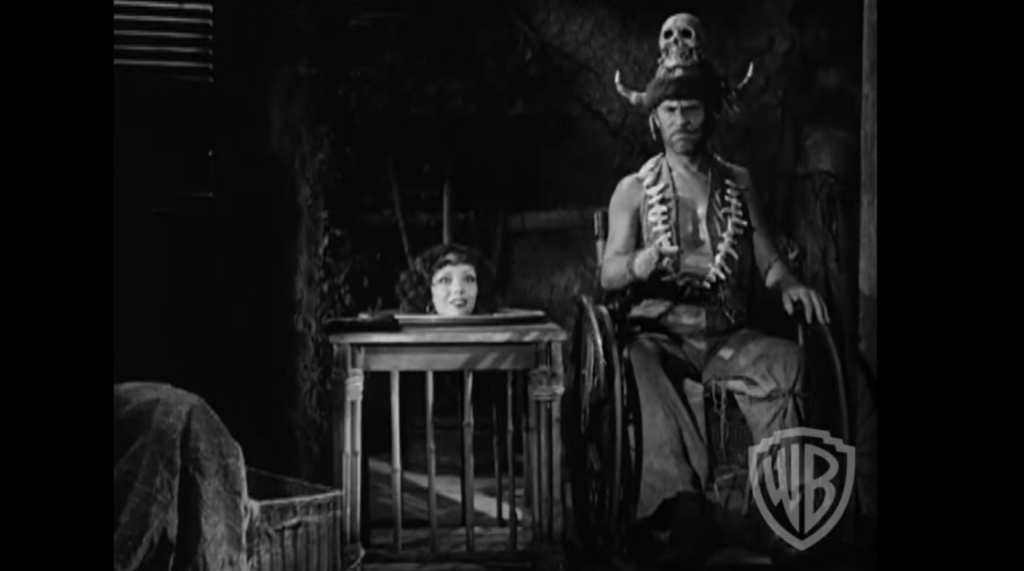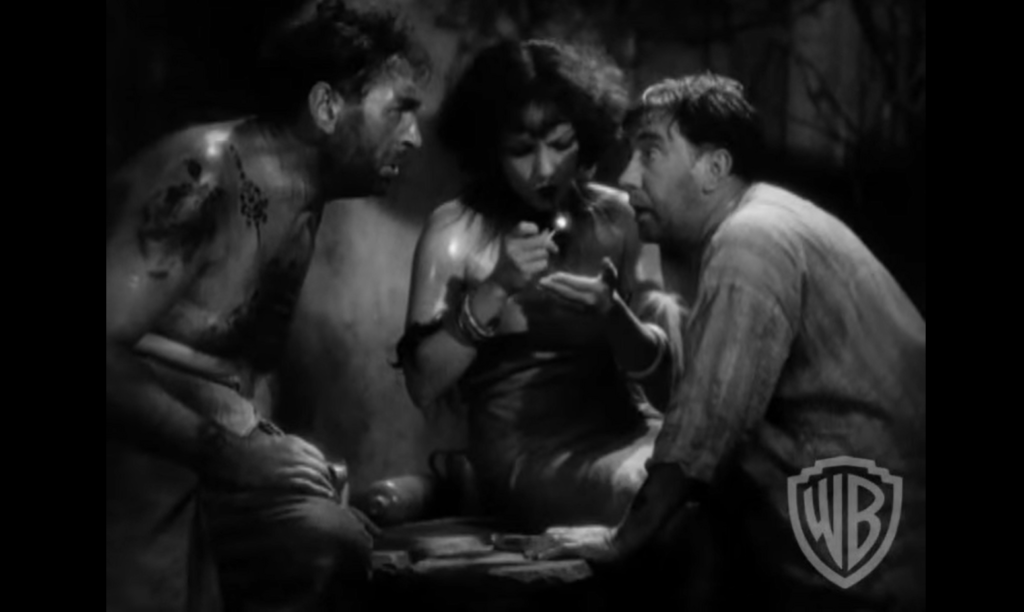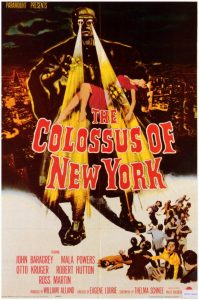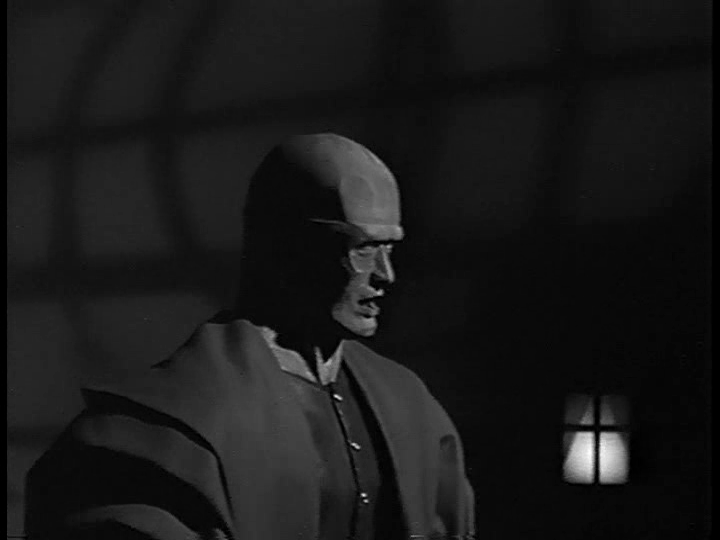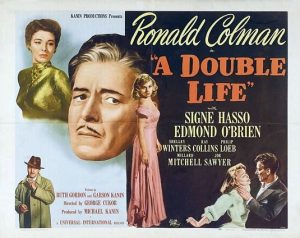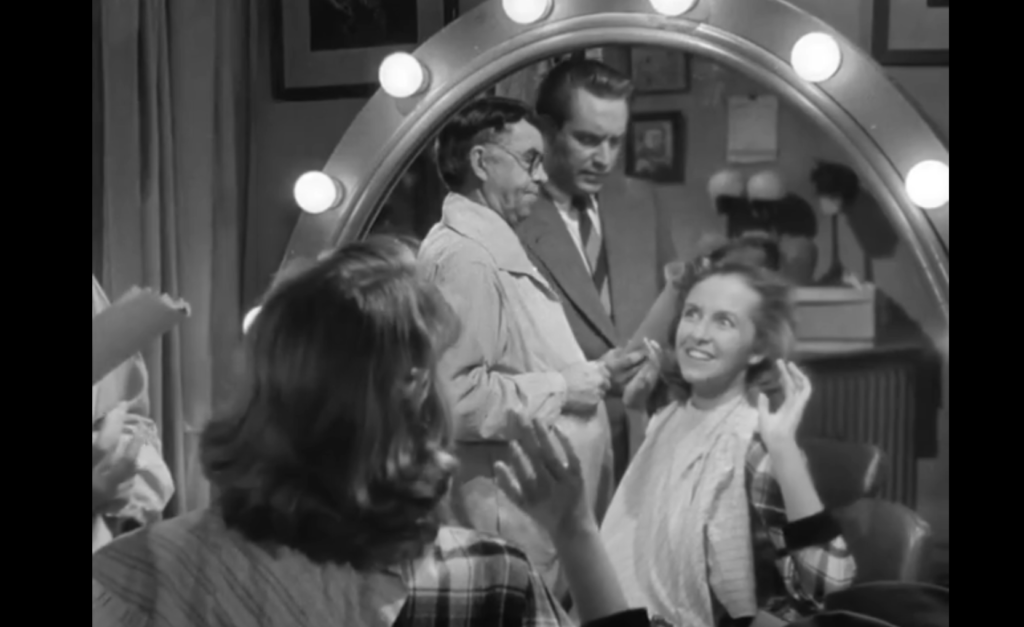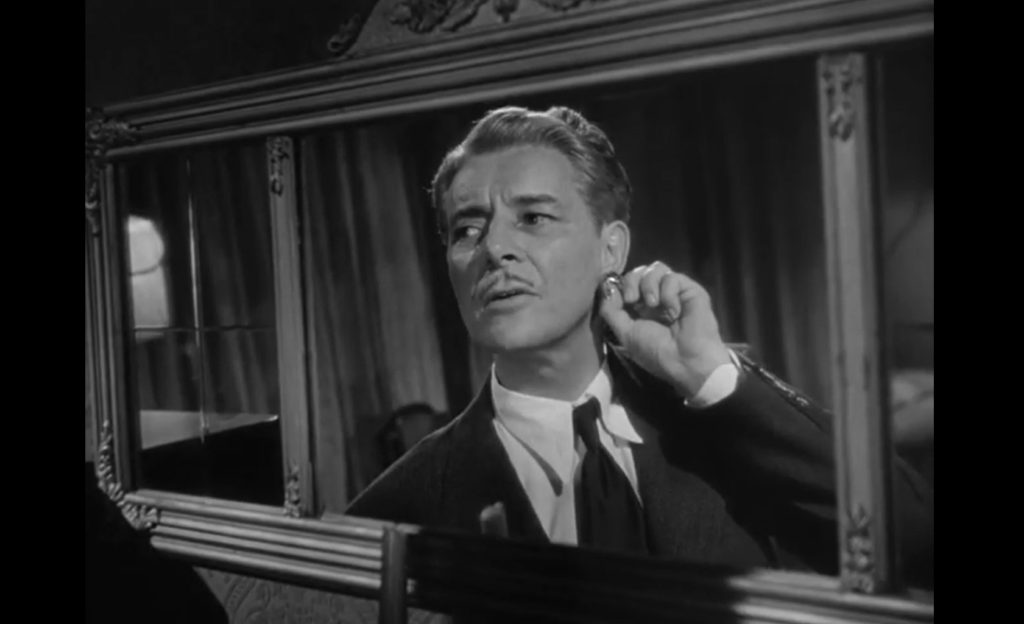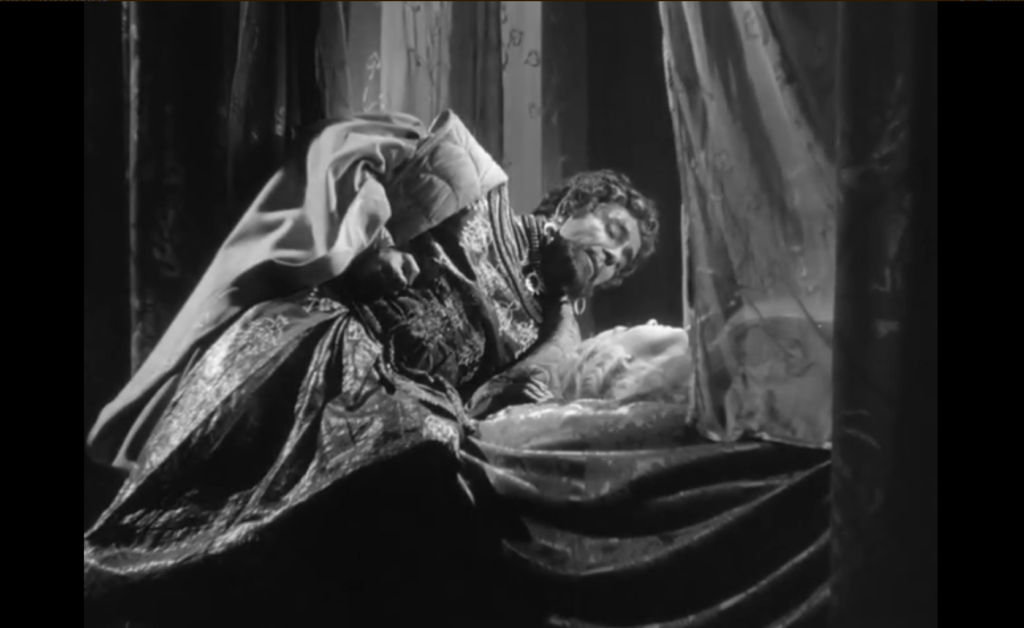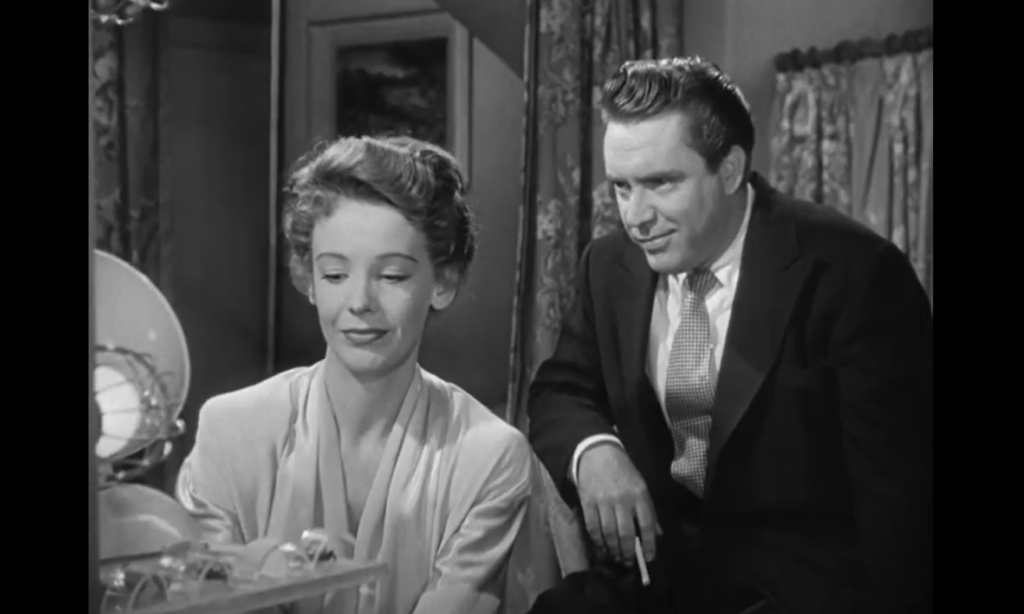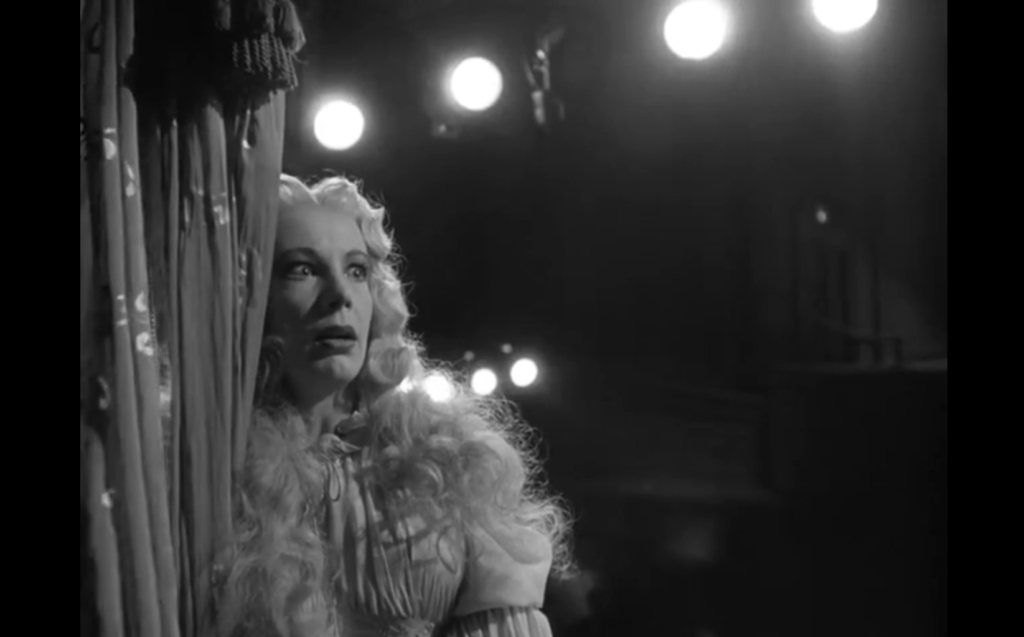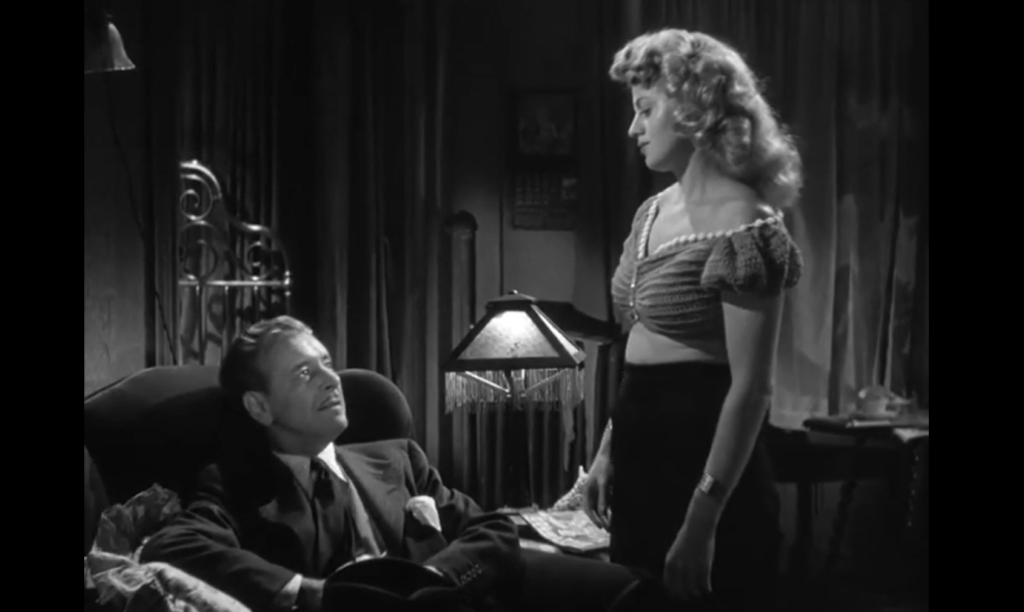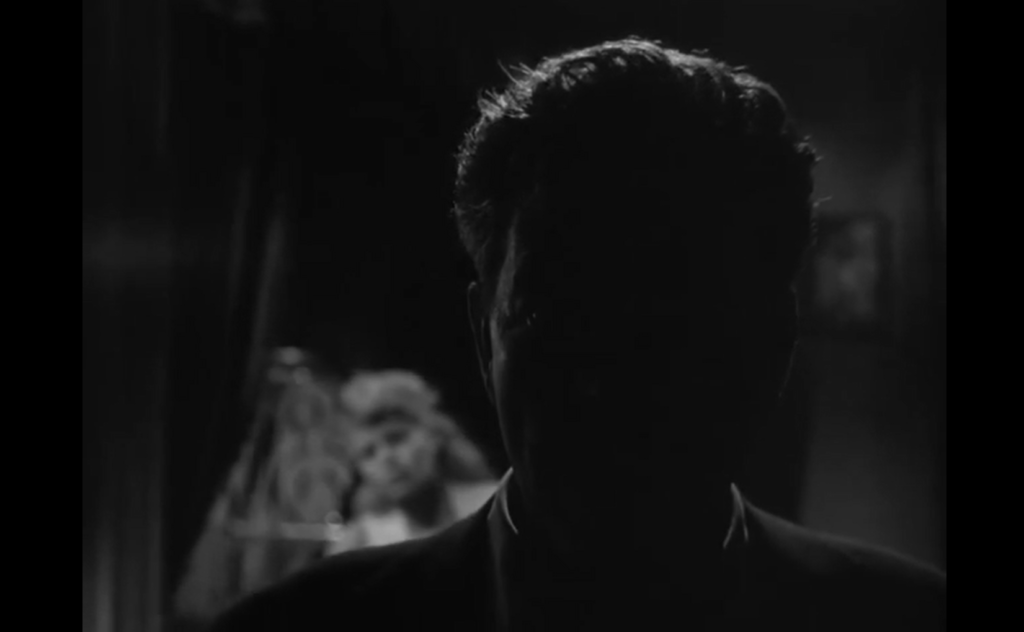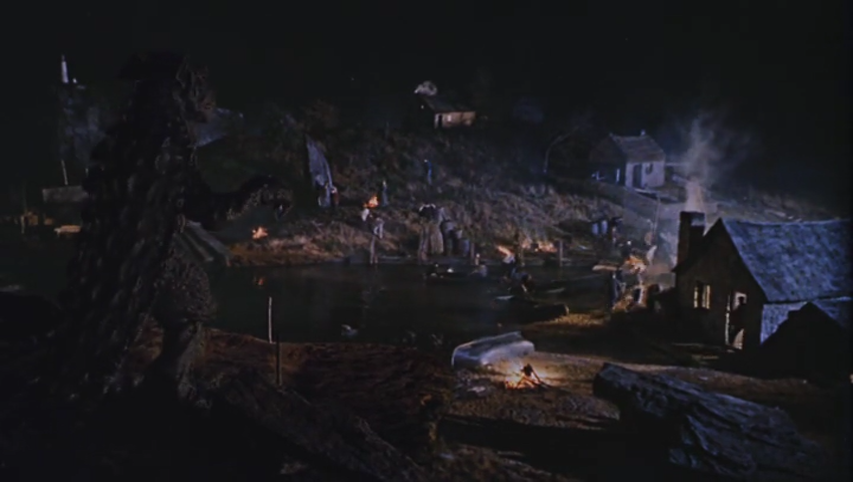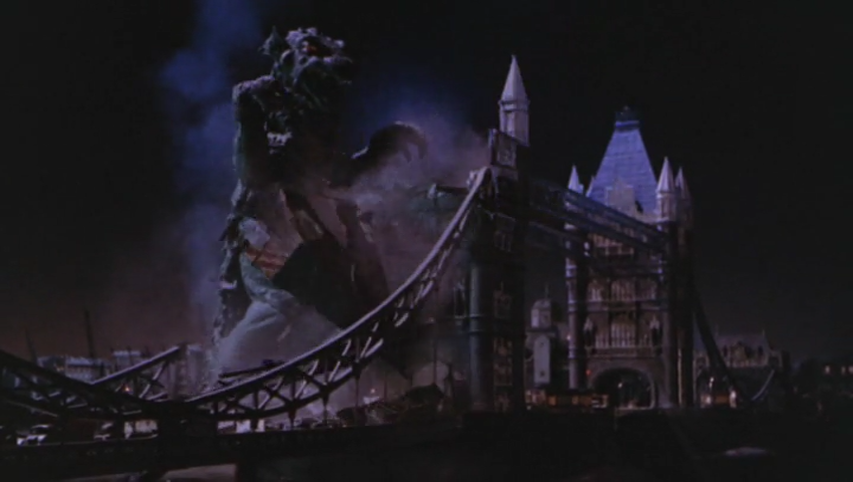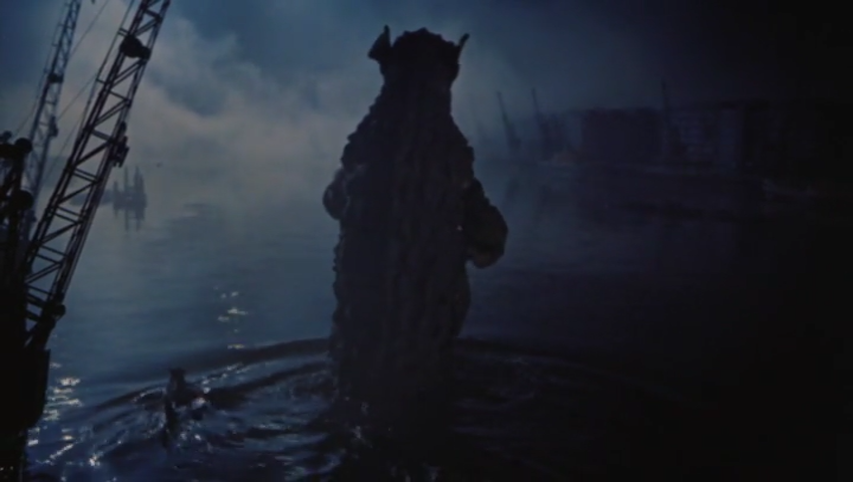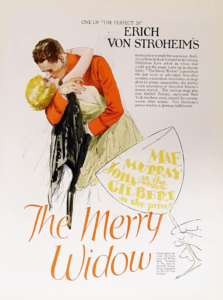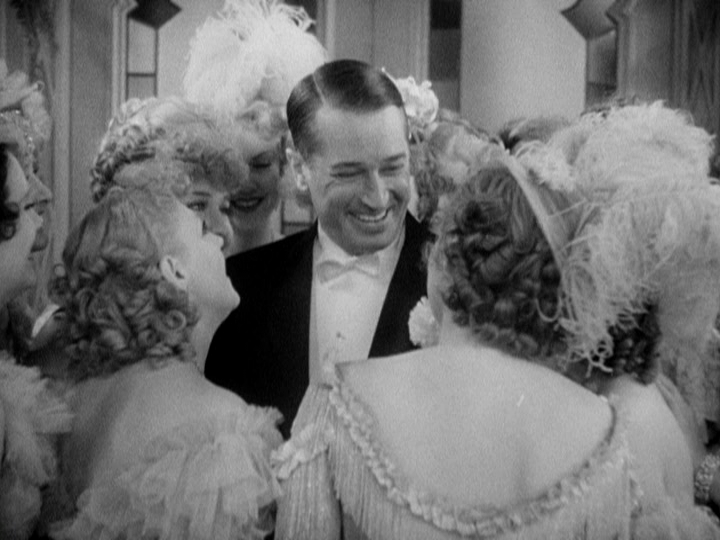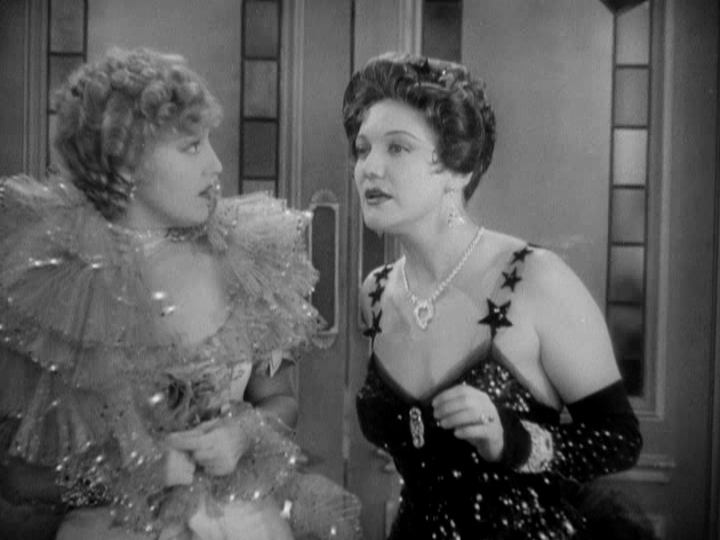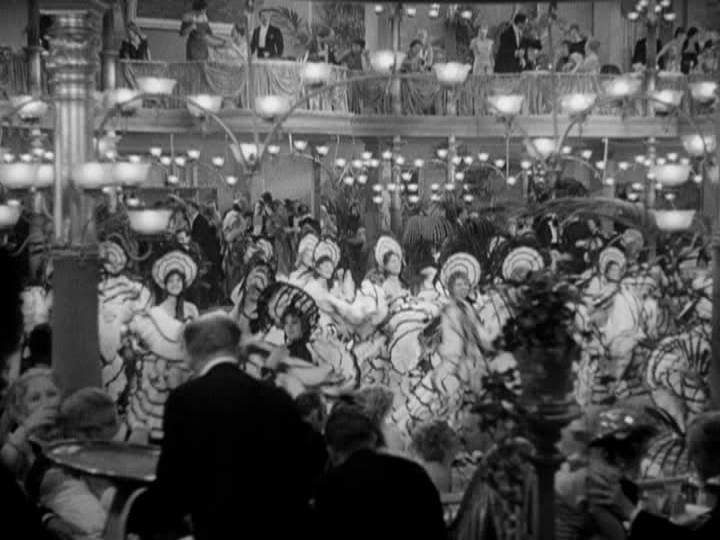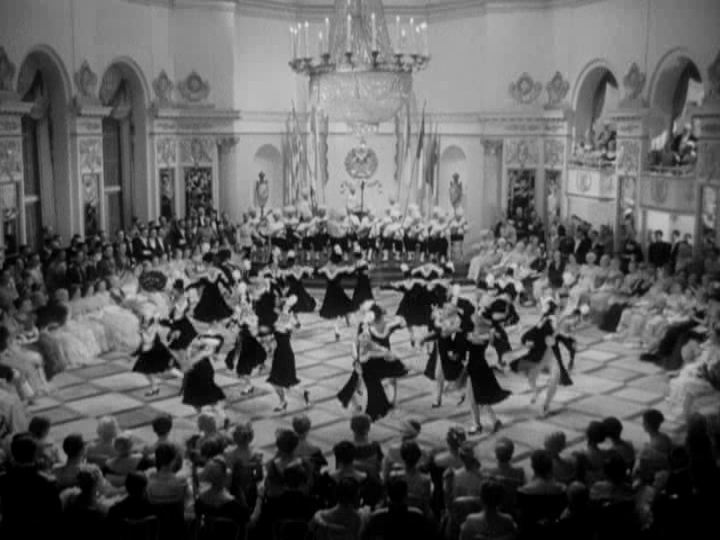|
Genres, Themes, Actors, and Directors:
- Audrey Totter Films
- Boxing
- Corruption
- Has-Beens
- Robert Ryan Films
- Robert Wise Films
- Underdogs
Response to Peary’s Review:
As Peary writes, this “low-budget gem” — based on a 1928 poem by by Joseph Moncure March — “unforgettably portrays the sad, sleazy world of run-of-the-mill and over-the-hill boxers”, with the milieu director Robert Wise creates — “Stoker’s cheap hotel room, the carnival-like street scene, the dingy, overcrowded dressing room, the hostile arena” — emerging as both “atmospheric and believable”. Peary notes that “director Robert Wise matches the 72 minutes of screen time to real time, building tension and authenticity”; particularly effective is a ~2 minute tracking shot near the beginning of the film, in which the camera pans from a blind spectator (Archie Leonard) to a woman (Helen Brown) falsely claiming a queasy stomach over the fight (“Last time I kept my hands over my eyes the whole time!”) to a pair of wisecracking bettors who laughingly note that Stoker Thompson (Ryan) has been around since one of them was a kid — and finally to Stoker’s manager (Tobias) striking a match against his name on a sign and lamenting to Stoker’s trainer (Percy Helton) that Stoker — resting in his hotel — already “gets enough sleep in the ring”.
Just three minutes into the movie, we’ve already internalized the seedy, hope-for-the-stars, dog-eats-dog landscape in which Stoker lives and survives (Paradise City Wrestling and Boxing Arena sits right next to Dreamland bar and a Chop Suey joint); watched a young newspaper hustler mercilessly crowd out an older one (“Hey — I gotta make a buck too…”;”Ah, go take a walk!”); witnessed the hypocrisy of boxing fans who feign horror but not-so-secretly love the vicarious thrill of violence; and learned that nobody but Stoker himself seems to believe in his ability to win another fight. Indeed, when Tobias and Helton “promise a local racketeer that [Stoker will] lose, they simply take the payoff money without bothering to tell Stoker he’s expected to take a dive”, since they “figure he’ll get knocked out anyway” (!). As Peary notes, Wise seems to show “sympathetic feelings towards fighters, who he realizes are victimized because they haven’t other options in life” — and Wise appropriately shows “fight fans” as “each more monstrous than the other”.
Ryan (a real-life heavyweight champion in college) is perfectly cast as the rangy boxer who refuses to go down without a legitimate fight, and the supporting cast is excellent as well. Equally of note are the fine b&w cinematography (by Milton Krasner), the highly atmospheric sets, and (as mentioned above) the seamless use of real-time narrative timing, several years before this was showcased as a distinctive feature of High Noon (1952). While it’s frustrating that much of the intent of March’s poem was lost by making significant changes — including shifting Stoker’s race from black to white — the film stands on its own as a minor classic.
Redeeming Qualities and Moments:
- Robert Ryan as Stoker (nominated by Peary as one of the Best Actors of the Year in Alternate Oscars)
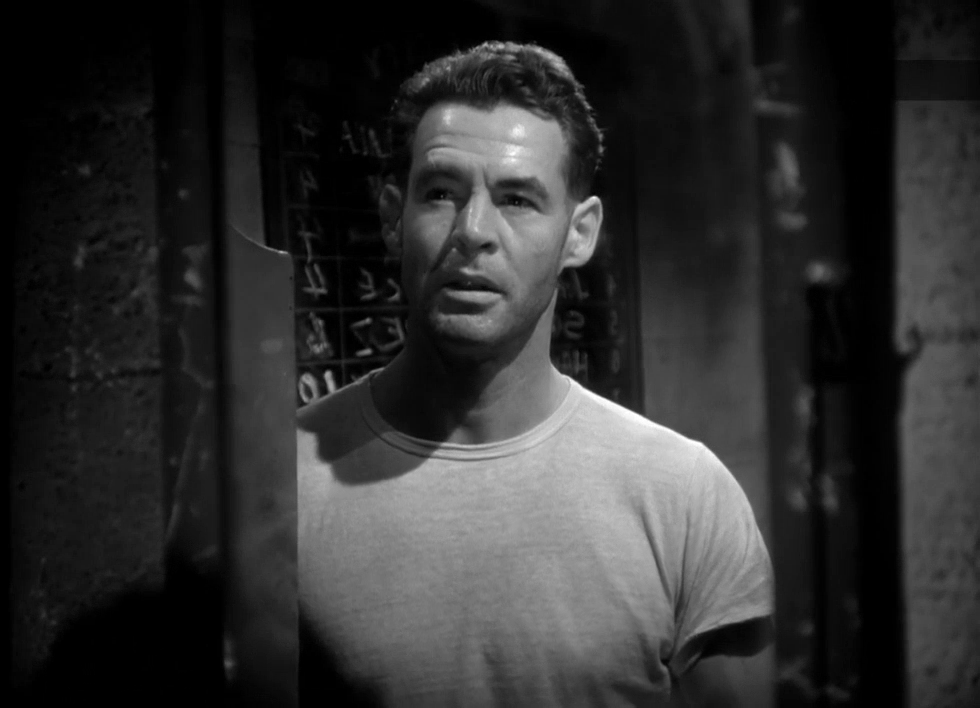
- Fine supporting performances
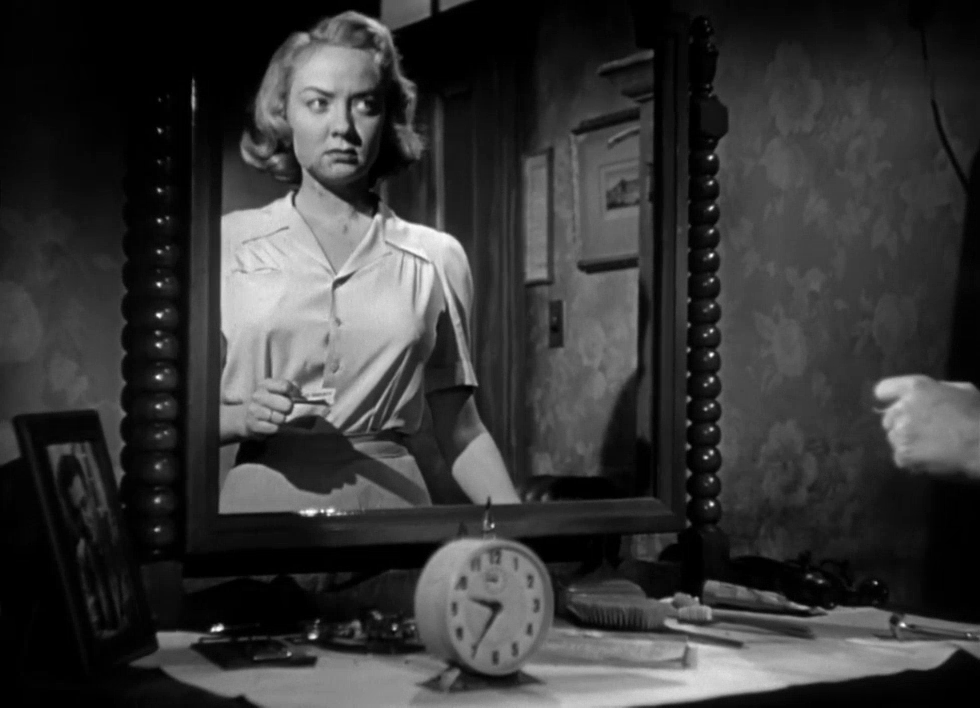
- Masterful direction and editing
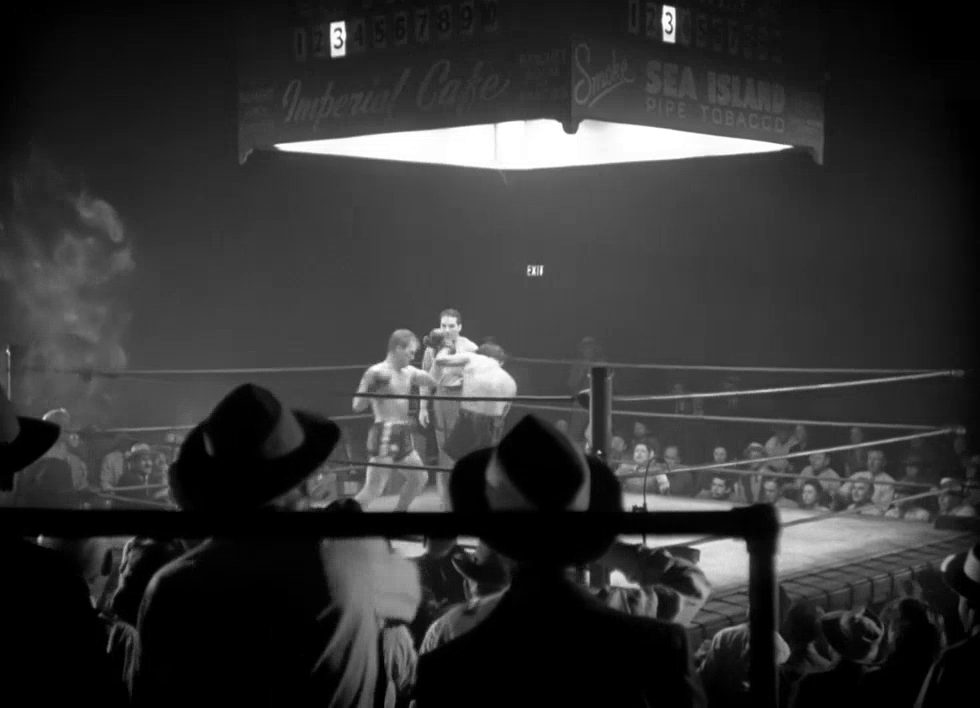
- Atmospheric sets
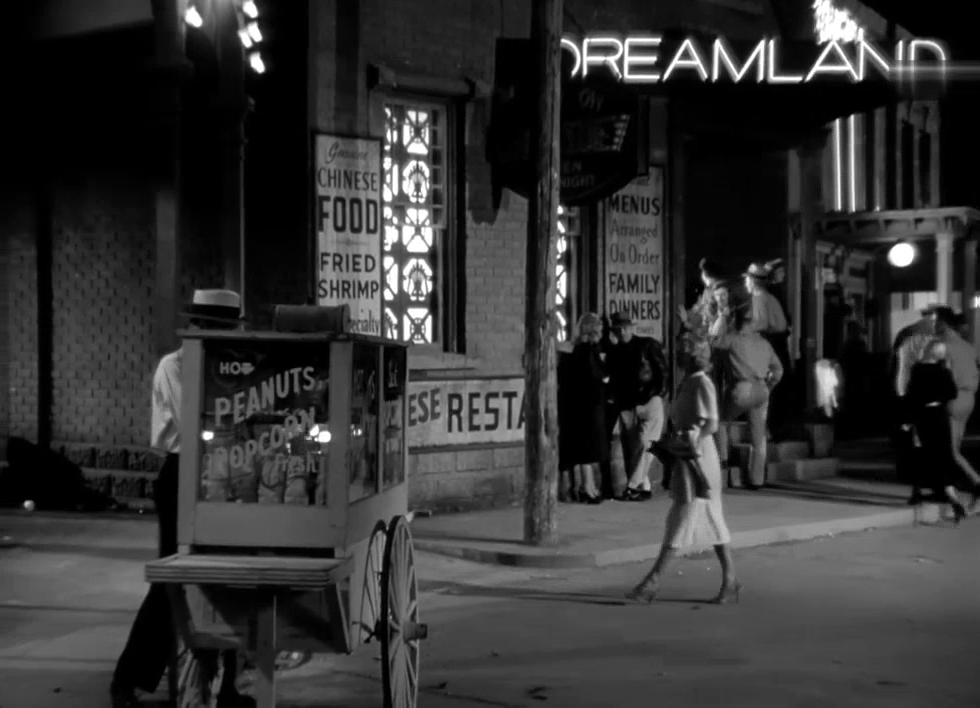
- Milton Krasner’s stark cinematography
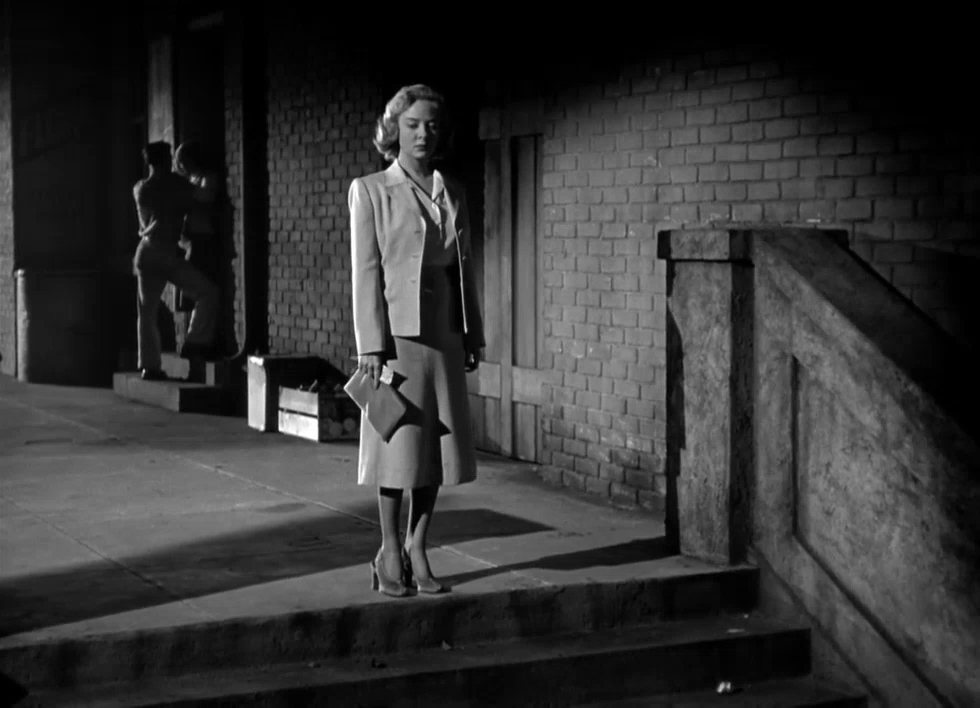
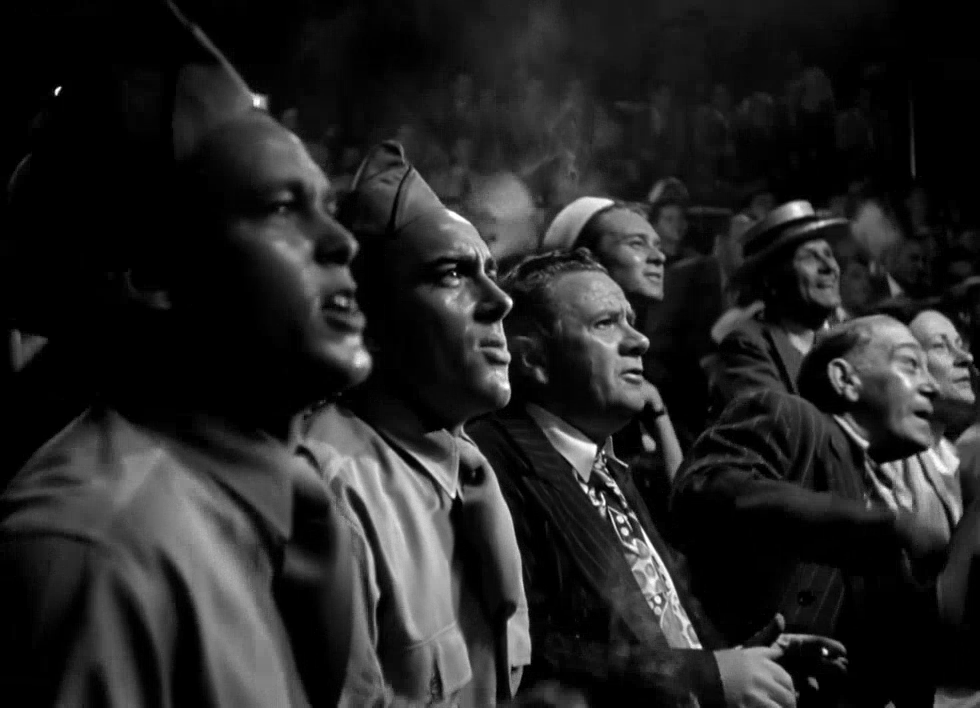
Must See?
Yes, as a somewhat forgotten classic.
Categories
Links:
|
